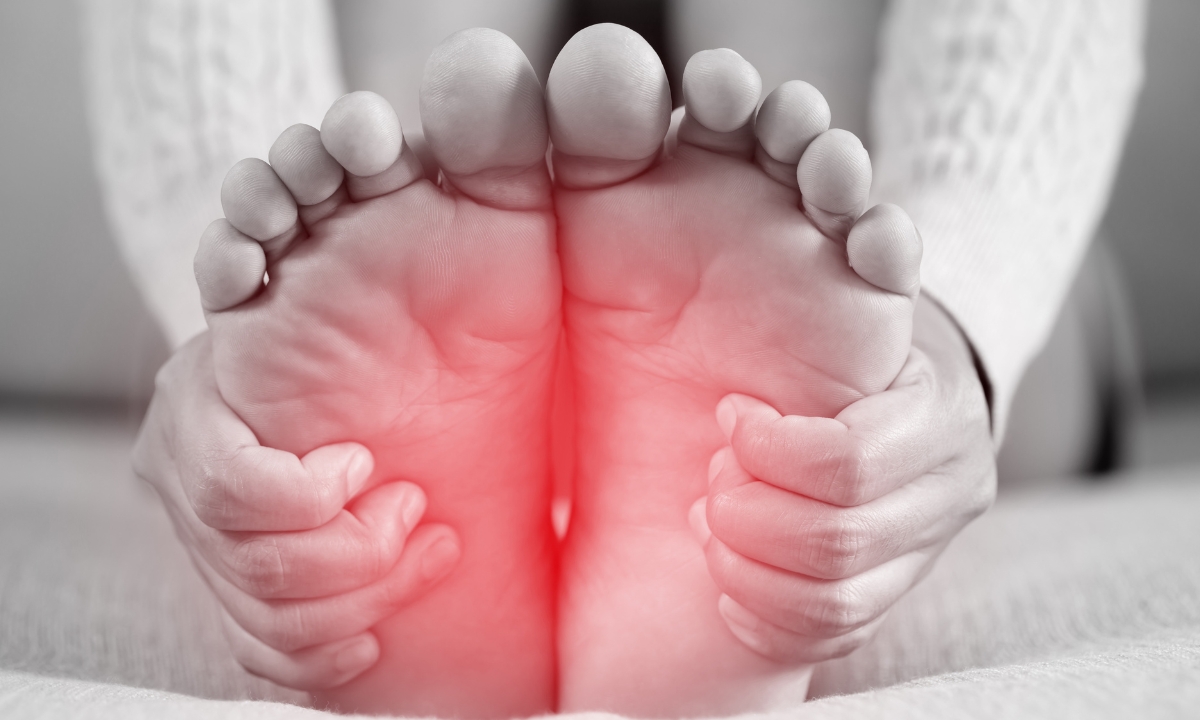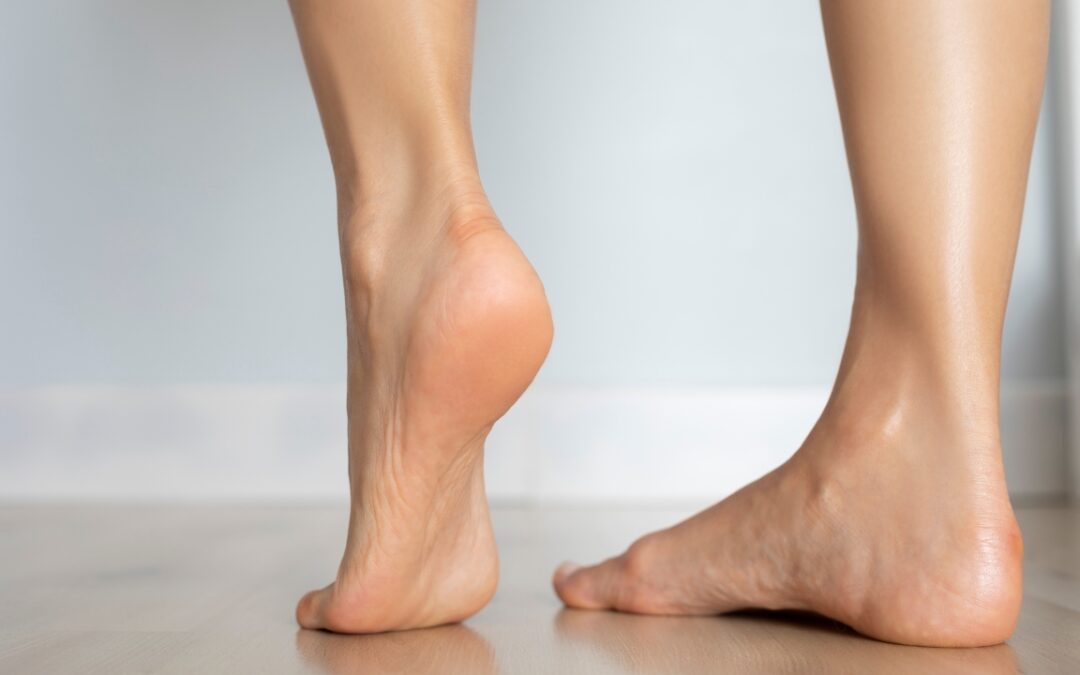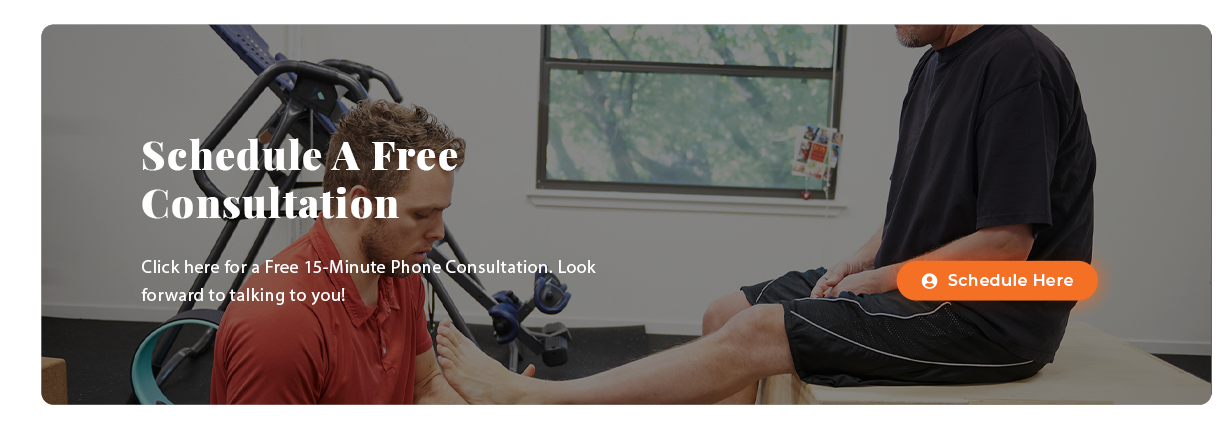“If your feet are happy, you are happy.” – Dr. Jaspaul Riar
If you’re one of the millions of people suffering from foot or ankle pain, you know how much it can limit your mobility and affect your daily life. Whether it’s discomfort from plantar fasciitis, ankle instability, or chronic overuse injuries, these conditions can make even the simplest activities—like walking or standing—feel painful and exhausting.
Unfortunately, far too many of those afflicted with foot and ankle pain fail to find relief.
The good news is that a cutting-edge approach called Anatomy in Motion, or AiM, offers a revolutionary solution for those dealing with persistent foot and ankle pain. AiM helps restore balance and function to your feet and ankles by looking beyond the pain itself and focusing on how your body moves as a whole, enabling you to live pain-free.
Let’s discover how Anatomy in Motion works, why it’s a groundbreaking approach, and how it can offer lasting relief for those suffering from foot and ankle pain.
First Things First: What Is Anatomy in Motion (AiM)?
Anatomy in Motion (AiM) is a unique movement-based therapy created by Gary Ward, and was designed to analyze and correct the way the body moves. Unlike conventional treatments that may focus only on the affected area, AiM looks at the body holistically, recognizing that pain in one area – like the foot or ankle – often stems from imbalances or dysfunctions elsewhere.
AiM is based on the understanding that the human body is designed to move in a series of fluid, connected motions. However, due to injury, poor posture, or repetitive strain, these movements can become restricted or altered, leading to pain. AiM aims to restore the body’s natural, pain-free movement patterns by addressing imbalances not just in the foot or ankle, but throughout the entire kinetic chain.
Understanding How AiM Works
AiM practitioners begin by assessing how your body moves in relation to the ground. This includes evaluating foot positioning, joint alignment, and the interaction between your feet and other parts of your body. The theory behind AiM is that your feet are the foundation of movement, and dysfunction in this foundation can lead to pain not only in the feet and ankles but also in the knees, hips, and lower back.
The treatment process typically involves a series of guided exercises and gentle movements to help your body rediscover its natural alignment. AiM practitioners work with you to retrain your feet and legs to move correctly, addressing the root cause of the pain rather than just treating the symptoms.
Why AiM Is Revolutionary for Foot and Ankle Pain
Anatomy in Motion stands out from traditional approaches to foot and ankle pain for several reasons:
- A Holistic Perspective: AiM goes beyond just treating the painful area. It takes a whole-body approach, recognizing that the way your feet and ankles move impacts the rest of your body. By correcting movement patterns, AiM can resolve issues that may not be immediately obvious.
- Focus on Root Causes: While many treatments for foot and ankle pain focus on relieving the symptoms (e.g., anti-inflammatory drugs or orthotics), AiM aims to treat the underlying cause of the pain. This makes it a highly effective solution for people with chronic conditions that haven’t responded to other treatments.
- Dynamic and Individualized: No two bodies move the same way, and AiM recognizes this by tailoring each treatment to the individual’s unique movement patterns. This personalized approach allows for more effective and lasting results.
- Non-Invasive Treatment: AiM is a completely non-invasive approach. It relies on movement and body awareness rather than surgical interventions or medication, making it an appealing option for those looking for a natural and sustainable solution to their foot and ankle pain.
Common Foot and Ankle Conditions Treated by AiM
AiM has been shown to be particularly effective for treating a variety of common foot and ankle conditions, including:
- Plantar Fasciitis: A painful inflammation of the plantar fascia, the thick band of tissue running along the bottom of the foot. AiM helps by addressing imbalances in the foot and restoring proper movement patterns, which can reduce strain on the plantar fascia.
- Ankle Instability: Often caused by previous sprains or injuries, ankle instability can make it difficult to walk without pain or discomfort. AiM works to retrain the ankle to move properly and restore stability, reducing the risk of future injuries.
- Flat Feet: Overpronation, or flat feet, can lead to pain in the feet, ankles, and knees. AiM helps restore the natural arch of the foot by encouraging proper movement and alignment, which can alleviate pain and improve overall function.
- Achilles Tendonitis: This condition, characterized by pain and inflammation in the Achilles tendon, is often the result of overuse or poor movement patterns. AiM helps relieve the tension on the tendon by correcting how the foot and ankle move during walking or running.”
The AiM Process: What to Expect
If you decide to pursue AiM for your foot or ankle pain, here’s what you can expect during the treatment process:
- Initial Assessment: The first step in the AiM process is a thorough evaluation of your movement patterns. Your practitioner will analyze how you walk, how your feet interact with the ground, and how your body moves as a whole. This helps identify any imbalances or restrictions that may be contributing to your pain.
- Movement Re-education: Once your assessment is complete, your AiM practitioner will guide you through a series of exercises designed to retrain your body’s movement patterns. These exercises are typically gentle and focus on improving body awareness, flexibility, and balance.
- Ongoing Adjustments: As you progress, your AiM practitioner will continue to assess your movement and adjust your exercises as needed. The goal is to help your body regain its natural movement patterns and reduce stress on the affected areas.

The Benefits of AiM for Foot and Ankle Pain
The long-term benefits of AiM can be life-changing for those suffering from chronic foot and ankle pain. These benefits include:
- Pain Relief: By addressing the root causes of pain, AiM can provide lasting relief that other treatments may not be able to achieve.
- Improved Mobility: AiM helps restore full range of motion in the feet and ankles, making it easier to walk, run, and engage in physical activities without discomfort.
- Enhanced Balance and Stability: Proper movement patterns help improve your overall balance and stability, reducing the risk of future injuries.
- Sustainable Results: Since AiM focuses on long-term movement correction, the results are often more sustainable than treatments that only target symptoms.
Asking the Question: Is AiM Your Answer for Solving Foot and Ankle Pain?
If you’ve tried traditional treatments for foot or ankle pain without success, AiM may be the solution you’ve been looking for. Whether you’re dealing with plantar fasciitis, ankle instability, or chronic overuse injuries, AiM can help restore your mobility and get you back to living a pain-free life.
Anatomy in Motion offers a revolutionary approach to treating foot and ankle pain by focusing on the body’s natural movement patterns. By addressing the root causes of pain and dysfunction, AiM helps patients achieve lasting relief, improved mobility, and a better quality of life. If you’re struggling with chronic foot or ankle pain, AiM may be the breakthrough solution you need.
If you suspect your gait might be a contributing factor, don’t hesitate to reach out. Our trained therapists at Pain and Performance Solutions can assess your gait, identify the root cause of your discomfort, and develop a personalized treatment plan to help you achieve pain-free and efficient movement.
Contact us today to schedule an appointment and take the first step to living without pain.

